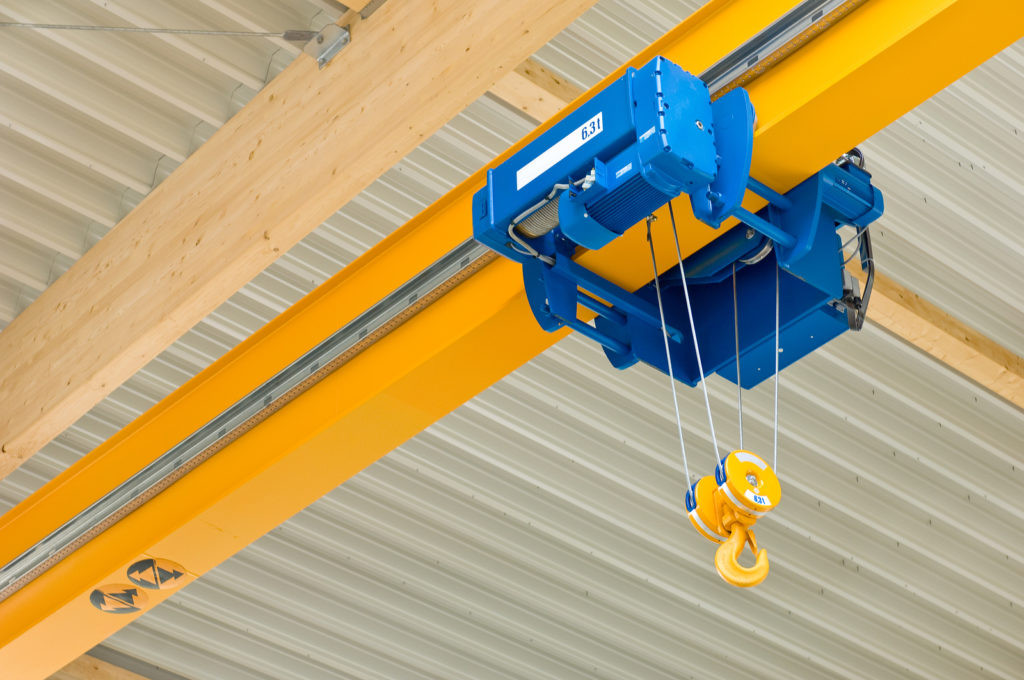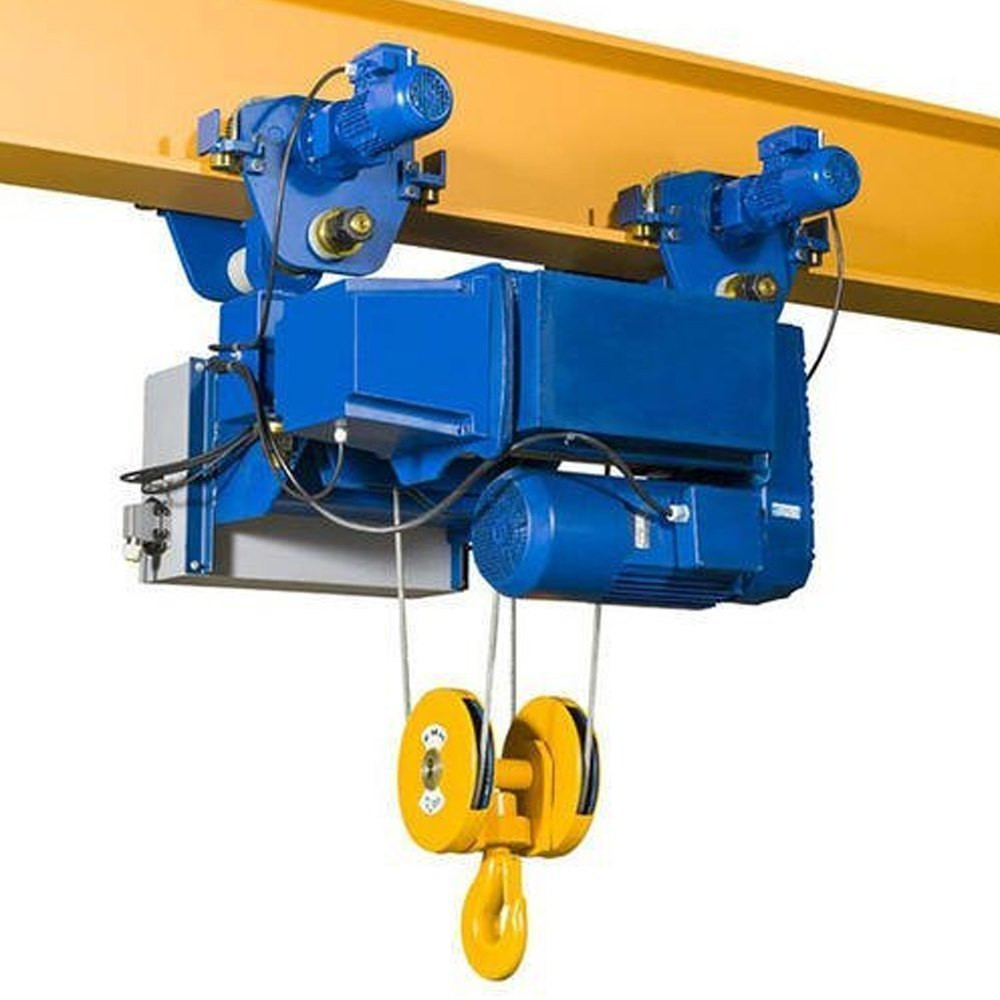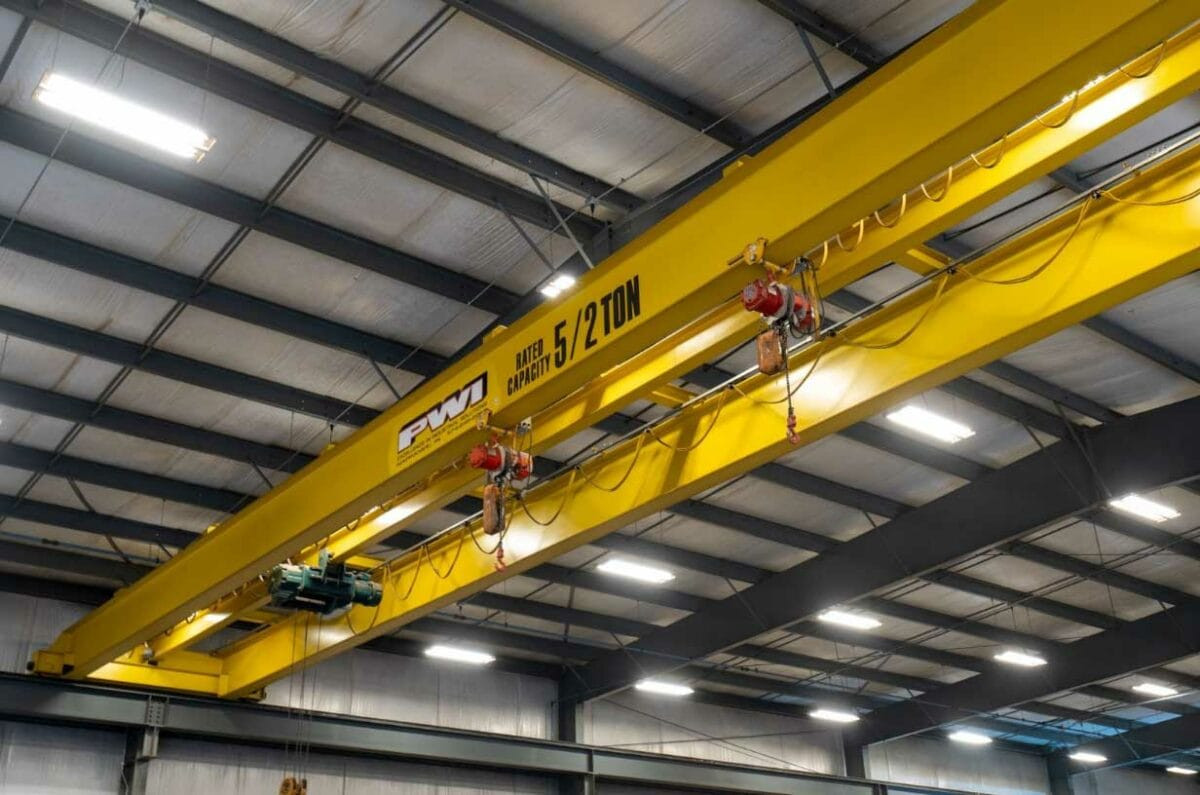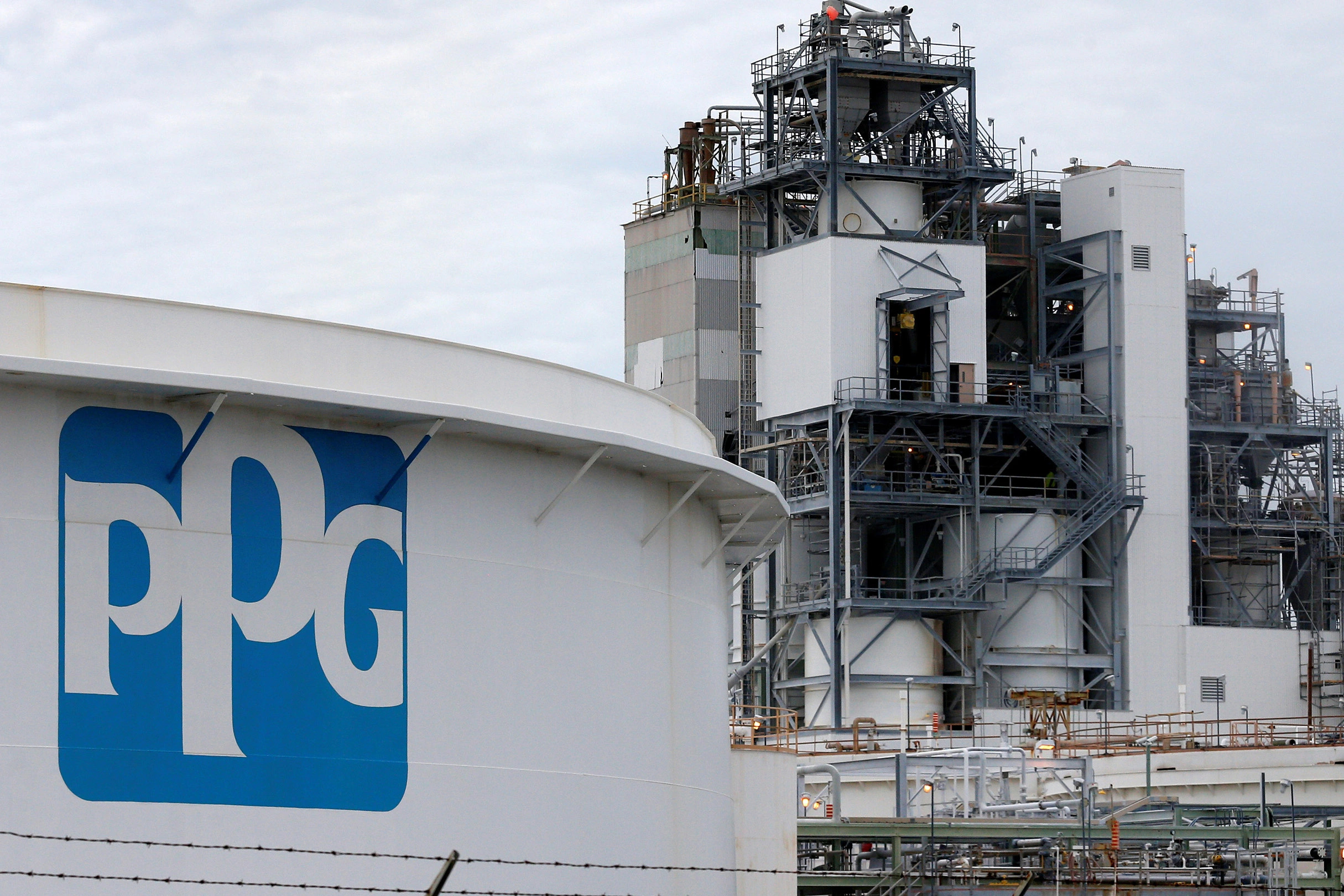The Sky's the Limit: Crane and Hoist Market Soaring High
The global crane and hoist market is witnessing a significant surge in demand, propelled by various factors. These include rapid industrialization, escalating infrastructure development projects, and increasing investments in the manufacturing and construction sectors. Experts predict a robust future for this market, with a projected compound annual growth rate (CAGR) of over 6% during the forecast period. This trend indicates a promising outlook for manufacturers, suppliers, and investors in the crane and hoist industry.
Driving Forces Shaping the Market Landscape
Several key drivers are contributing to the impressive growth of the crane and hoist market. These factors are intricately intertwined, creating a synergistic effect that propels the market forward.
1. Infrastructure Development: A Foundation for Growth
The world is experiencing a wave of infrastructure development, particularly in emerging economies. This surge in infrastructure projects is driving demand for cranes and hoists, which are essential for lifting, transporting, and assembling heavy materials. For example, the construction of new roads, bridges, buildings, and airports requires sophisticated lifting equipment to handle massive components.
2. Industrial Expansion: A Catalyst for Demand
As industries expand and modernize, the need for cranes and hoists to facilitate efficient production processes increases significantly. The automotive, aerospace, shipbuilding, and manufacturing industries are all major consumers of these lifting solutions. These industries rely on cranes and hoists for tasks such as handling heavy machinery, transporting materials, and assembling large components. The demand for advanced lifting equipment with higher lifting capacities, precision, and automation is increasing.
3. Urbanization and Population Growth: Expanding Horizons
The world's population is growing rapidly, leading to increased urbanization and the need for new housing, commercial spaces, and infrastructure. This growth fuels the demand for construction projects, which in turn drive demand for cranes and hoists. Construction activities require a wide range of lifting equipment, from mobile cranes for transporting prefabricated components to overhead cranes for lifting materials within construction sites.
Market Segmentation: Understanding the Diversity
The crane and hoist market is diverse, encompassing various types of cranes and hoists, each serving specific applications and industries. Understanding the market segmentation is essential for businesses to identify their niche and target their marketing strategies effectively.
1. By Type: A Spectrum of Lifting Solutions
The market can be categorized based on the type of crane or hoist. Some common types include:
- Mobile cranes: These are highly versatile and are widely used in construction, infrastructure projects, and industrial settings. They offer mobility and flexibility, allowing them to be easily transported and deployed on various terrains.
- Overhead cranes: These are fixed cranes that run on overhead tracks and are used in factories, warehouses, and industrial plants. They are ideal for lifting heavy loads and moving them across large spaces.
- Tower cranes: These are tall, self-erecting cranes that are used in construction projects involving tall buildings and skyscrapers. They provide excellent reach and lifting capacity, enabling the construction of large structures.
- Gantry cranes: These are similar to overhead cranes but have a gantry structure that allows them to operate over larger areas. They are often used in outdoor settings, such as port facilities, shipyards, and factories.
- Hoists: These are compact lifting devices that are used for lifting and lowering loads within a limited area. They are available in various sizes and capacities and are commonly found in factories, warehouses, and workshops.
2. By Application: Tailored Solutions for Diverse Needs
The crane and hoist market can also be segmented based on the specific applications. Some major application segments include:
- Construction: Construction projects rely heavily on cranes for lifting, transporting, and assembling building materials. This includes mobile cranes, tower cranes, and overhead cranes.
- Manufacturing: Industries such as automotive, aerospace, and shipbuilding require cranes and hoists for handling heavy machinery, transporting materials, and assembling large components.
- Logistics and Warehousing: Warehouses and logistics centers use cranes and hoists for loading and unloading cargo, moving heavy goods, and stacking materials.
- Oil and Gas: The oil and gas industry uses cranes and hoists for drilling operations, lifting equipment, and maintaining offshore platforms.
- Mining: Mining operations require specialized cranes and hoists for handling heavy machinery, transporting extracted materials, and maintaining mining equipment.
Market Outlook: A Promising Future
The global crane and hoist market is expected to continue its growth trajectory in the coming years, driven by ongoing infrastructure development, industrialization, and urbanization. The increasing demand for advanced lifting equipment with higher lifting capacities, precision, and automation will further fuel market growth. The focus on safety and efficiency is also influencing the development of innovative technologies in the crane and hoist industry.
The Future is Bright: Embracing Innovation and Sustainability
The crane and hoist market is evolving rapidly, embracing innovation and sustainability to address the demands of a changing world. Key trends that will shape the future of the industry include:
- Automation: Cranes and hoists are increasingly being equipped with advanced automation systems, improving efficiency, safety, and precision. Automation reduces the need for manual labor and helps to streamline operations.
- Remote Control: Remote-controlled cranes and hoists offer greater flexibility and safety, allowing operators to control lifting operations from a safe distance. This technology is particularly beneficial in hazardous environments.
- Electric Power: The adoption of electric-powered cranes and hoists is increasing due to their environmental benefits and lower operating costs compared to diesel-powered options. These sustainable solutions are becoming increasingly popular as businesses seek to reduce their carbon footprint.
- Digitalization: Digital technologies are transforming the crane and hoist industry, enabling data collection, remote monitoring, and predictive maintenance. These advancements enhance operational efficiency and safety.
Conclusion: A Market Poised for Success
The global crane and hoist market is poised for continued growth in the coming years, driven by robust demand from key sectors like infrastructure, manufacturing, and construction. As the world continues to urbanize and industrialize, the need for efficient and reliable lifting solutions will remain high. Innovation and sustainability are key trends that will shape the future of the industry, as companies focus on developing advanced, efficient, and environmentally friendly solutions to meet the evolving demands of the market.



















